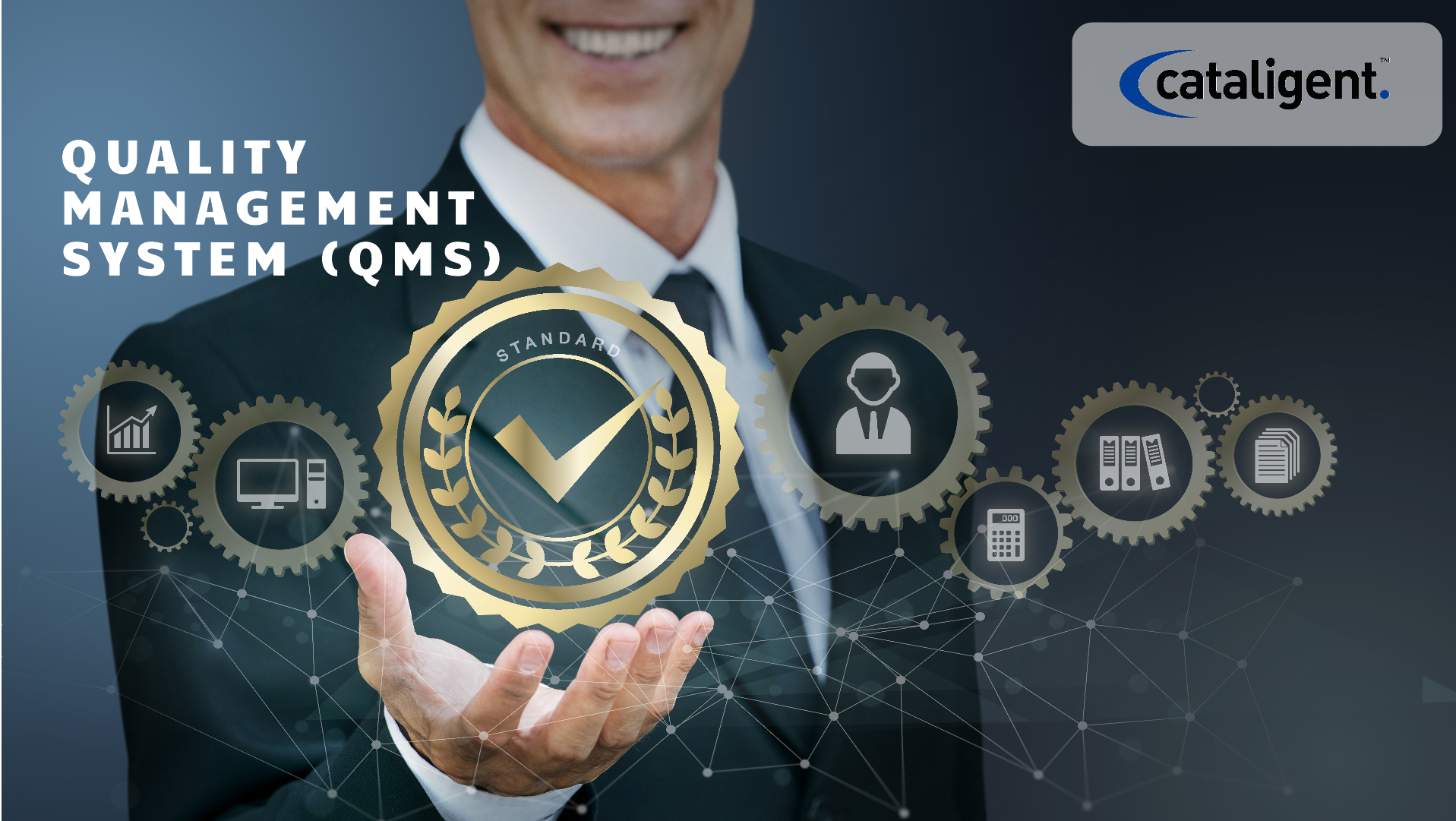ISO 9001:2015 is the internationally recognized standard for a Quality Management System (QMS). It helps organizations ensure consistent quality, customer satisfaction, and continuous improvement by defining a systematic approach to managing processes.
🔑 Key Principles of ISO 9001:2015
ISO 9001 is based on seven quality management principles:
1️⃣ Customer Focus – Understand and meet customer needs.
2️⃣ Leadership – Drive quality culture and commitment from management.
3️⃣ Engagement of People – Empower employees and foster a quality mindset.
4️⃣ Process Approach – Optimize processes for efficiency and consistency.
5️⃣ Improvement – Promote continuous enhancement and risk management.
6️⃣ Evidence-Based Decision Making – Use data for informed decisions.
7️⃣ Relationship Management – Strengthen supplier and stakeholder relationships.
ISO 9001:2015 Requirements (Clauses 4-10)
1. Context of the Organization (Clause 4)
✅ Define internal & external factors affecting quality.
✅ Identify stakeholders (customers, suppliers, regulators).
✅ Establish the scope of your Quality Management System (QMS).
2. Leadership (Clause 5)
✅ Senior management must commit to quality objectives.
✅ Establish a Quality Policy aligned with business goals.
✅ Assign responsibilities for QMS implementation.
3. Planning (Clause 6)
✅ Identify risks and opportunities affecting quality.
✅ Set measurable Quality Objectives to track performance.
✅ Plan for changes impacting processes, resources, and compliance.
4. Support (Clause 7)
✅ Ensure availability of resources, skilled personnel, and infrastructure.
✅ Maintain documented information (SOPs, work instructions, records).
✅ Conduct employee training and competency development.
5. Operation (Clause 8)
✅ Process management for production & service delivery.
✅ Control of outsourced processes and supplier quality.
✅ Product/service validation, testing, and defect prevention.
6. Performance Evaluation (Clause 9)
✅ Conduct Internal Audits to assess QMS effectiveness.
✅ Measure customer satisfaction and quality KPIs.
✅ Use Management Reviews for continuous improvement.
7. Improvement (Clause 10)
✅ Implement Corrective and Preventive Actions (CAPA).
✅ Use Failure Mode and Effects Analysis (FMEA) for risk assessment.
✅ Drive continuous process improvements based on data insights.
ISO 9001 Certification Process
Step 1: Gap Analysis & QMS Documentation
- Assess current quality practices against ISO 9001:2015 requirements.
- Develop Quality Policy, Objectives, Process Maps, SOPs, and Records.
Step 2: Implement QMS & Conduct Internal Audits
- Train employees on ISO 9001 principles.
- Automate audit tracking and non-conformity management using RPA.
Step 3: Management Review & Pre-Certification Audit
- Conduct a management review meeting.
- Perform a mock audit to identify gaps.
Step 4: Certification Audit by an Accredited Body
- A third-party auditor evaluates compliance with ISO 9001.
- Address any non-conformities before certification approval.
Benefits of ISO 9001 Certification
✔ Enhanced customer satisfaction through process standardization.
✔ Better risk management with preventive actions.
✔ Increased operational efficiency by reducing errors & waste.
✔ Stronger market reputation & regulatory compliance.

